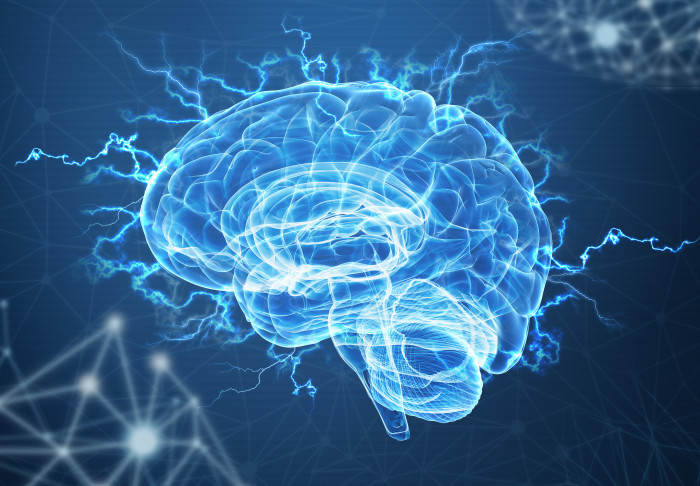£2.1 million grant for research into brain activity ‘avalanches’

Researchers working to understand how the brain functions in various states of health have received a £2.1 million grant for their project.
The research, led by Professor Simon Schultz from Imperial College London’s Department of Bioengineering and Professor Henrik Jeldtoft Jensen from the College’s Department of Mathematics, will aim to explain how various diseases and health issues affect the brain.
It will explore the theory that the brain functions by organising itself to operate when a critical point is reached, similar to how a build-up of snow causes an avalanche.
Imperial researchers will simulate and image these “avalanches” of activity on the networks of neurons within the brain to work out whether this theory can explain how our brains function.
They hope that the research could lead to new insights into how neurological disorders such as Alzheimer’s Disease cause degradation in cognitive function, and help with the development of future treatments for such disorders.
"We’ll be building a very special machine that can image neural activity at single cell resolution across most of the surface of a mouse brain." Professor Simon Schultz Professor of Neurotechnology
Commenting on the funding, Professor Schultz said: “We’re really excited about this project. It brings together a diverse and very talented team – some people who have previously collaborated together, and others who haven’t until now.
“We’ll be building a very special machine that can image neural activity at single cell resolution across most of the surface of a mouse brain, and using it to answer some really big questions about how the brain works – about how the physics of complex systems influences information processing in the brain across a wide range of scales.”
Although brain activity avalanches have been observed by electrodes embedded in brain tissue, by large scale magnetic resonance scanners (fMRI) and by electroencephalography (EEG), the connection between the process and cognition is still unknown.
The research team hopes to address this gap by using large-scale multiphoton imaging technology in mice performing cognitive tasks.
Data will then be analysed to assess how the networks of neuronal activity carrying the avalanches through the brain are related to the cognitive tasks performed by the mice.
Answering science's biggest problems
The funding was announced by UK Research and Innovation (UKRI) as part of an £18 million investment with Wellcome through the Physics of Life Strategic Priorities Fund.
EPSRC Executive Chair Professor Dame Lynn Gladden said: “Physics of Life builds on a decade-long focus with the research community to bring together physics and the life sciences to improve our understanding of living systems.
“Through a wide range of innovative approaches, these projects will generate important new knowledge that will help us to answer some of science’s biggest problems, ranging from how life formed through to tackling climate change.”
Michael Dunn, Director of Discovery Research at Wellcome, said: “It is important to recognise that progress in the life sciences has at times been greatly accelerated by collaborating with other scientific fields.
“With interdisciplinary teams of physicists, engineers and biologists, the Physics of Life projects will draw on cross-cutting expertise, helping to deliver exciting new insights with the potential to improve life, health and wellbeing.”
Main image credit: Shutterstock.
Article supporters
Article text (excluding photos or graphics) © Imperial College London.
Photos and graphics subject to third party copyright used with permission or © Imperial College London.
Reporter
Conrad Duncan
Communications Division